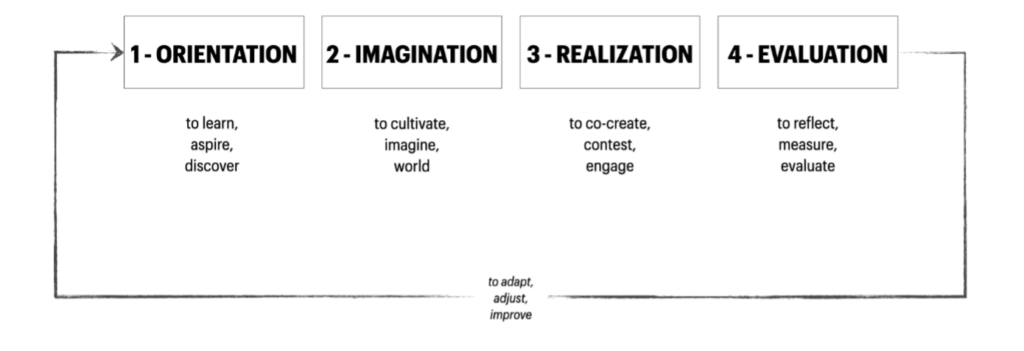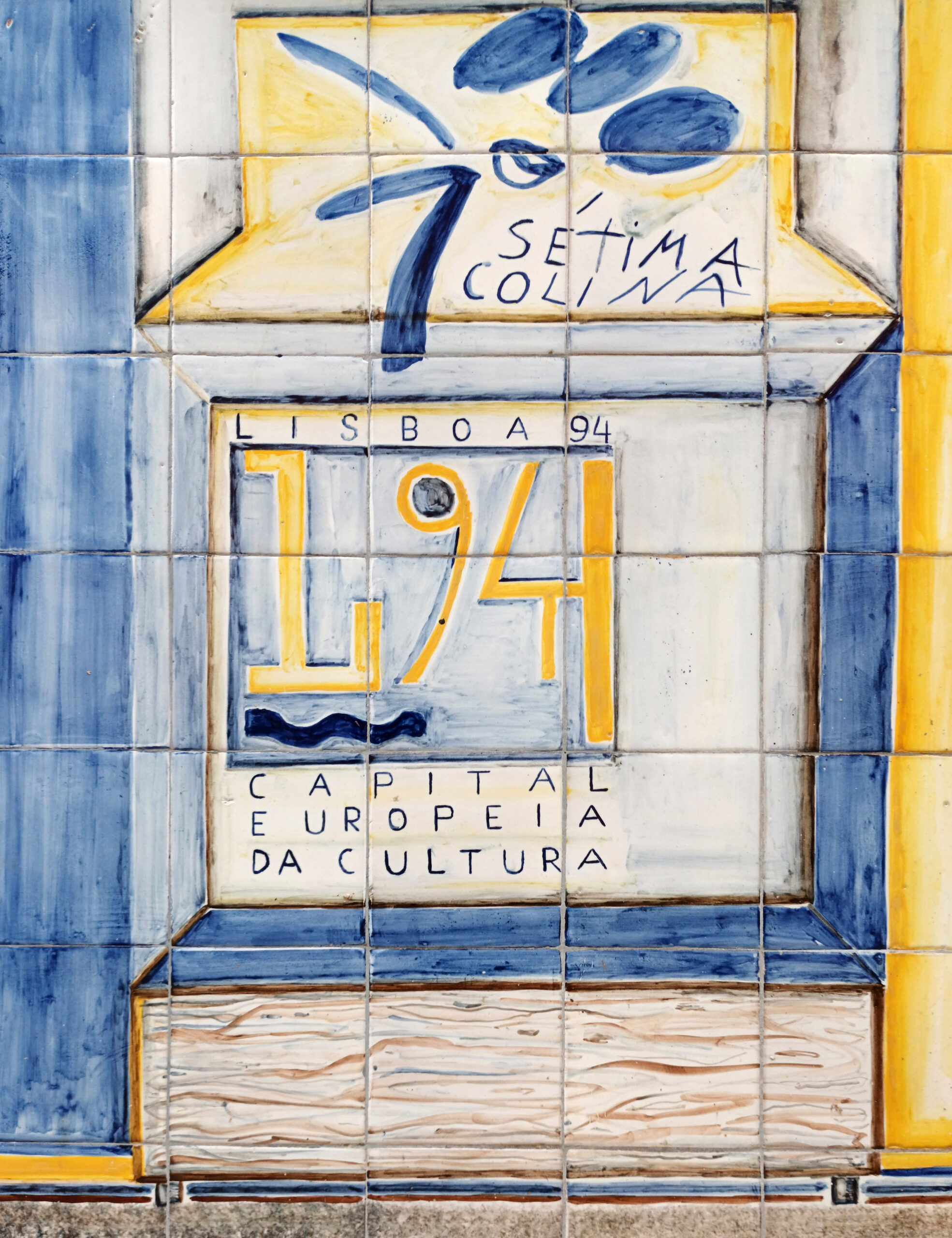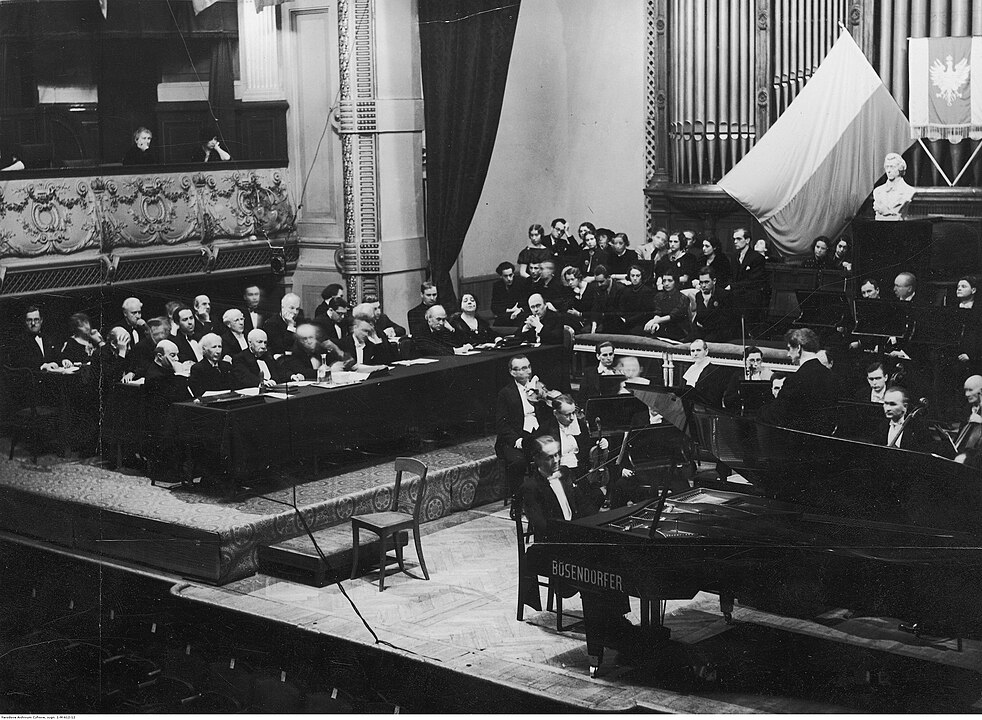In Realizing of the Values of Art, the authors argue that the arts are mostly practised in cultural civil society, where artistic communities, amateurs and active audiences seek to realize heterogeneous values. The book answers the question of why cultural civil society is frequently missed in discussion of the arts, why it is important, and how society and public policy can help it flourish.
Values are those things which are important to individuals, they are the almost final answers to the probing question of ‘why is that important to you’? When that question is pushed to its limit we might arrive at happiness or utility, but the way we use values in our research stops one step before such ultimate universal categories. Values are near-ultimate aims like friendship, beauty, emancipation, freedom, artisanship, which are realized through the arts, frequently with commercial inputs like cultural goods, but typically realized in collaboration or contestation with others. The starting point of the book is that in contemporary deeply pluralistic societies individuals seek to realize an enormous array of diverse values. Since the arts are an exemplary realm to realize one’s identity, we should expect this diversity of values to be reflected in artistic practices. And indeed, when we look at cultural civil society, we find a rich mosaic of diverse and sometimes conflicting artistic practices, to name just a few of these which are discussed in the book: choir practice, hip-hop cyphers, ballet performances to indigenous dance, online sharing of fanfiction, community art projects and a Queer Museum in Brazil.
In Realizing of the Values of Art, we developed a four-phase diagram to illustrate the realization process: value orientation, imagination, realization, and evaluation. Value orientation is the analysis of the purpose that artists and audiences have. Imagination is the process of exploring artistic means and practices which embody these values. Realization is the engagement and co-creation of audiences of the work through markets or social practices. Evaluation covers both the personal reflection of the individuals involved in the realization of values as well the evaluation by policymakers and academics.

Figure 1 – The realization of values is four phases (source: Dekker and Morea, 2023)
The case studies in this book show how artists figure out which values they seek to realize in a process of experimentation with both artistic means and different social practices. The cases show that artists do not typically do this in isolation, as the archetypical image of the solitary genius suggests, but instead they do it together. This happens in circles, which sustain themselves by crowding in contributions and contributors. Moreover, they sometimes benefit from contestation with other circles. Artistic communities are not only important for the production of art, but also for the consumption of art, which is just as much a social process. We draw from the work of Elinor Ostrom to highlight the importance of co-creation in the consumption in spaces ranging from high-brow art criticism to the sharing of Star Trek fan fiction and online communities of dance music fans. This process of value realization within communities of artists and participants as well as the co-creation between them blurs traditional lines between supply and demand or production and consumption.
This book’s focus on the social realization of values implies that creativity is not merely about values, but also about the social settings in which art takes place. This dual imagination entails both artistic and social forms. Art as social practice thrives through experimentation in particular spaces. Our case-study of grassroots collectives in Venice illustrates how such places can be crowded out by a combination of over-tourism and one-sided focus on historical heritage sites. Our case study of Star Trek fan fiction illustrates that digital spaces are frequently especially important to develop new kinds of social practices around the art. Our case study of the Queer Museum in Brazil makes clear that so-called third spaces, not dependent on private donors or public support is often vital for minorities to be able to express themselves. Together, they illustrate the importance of places, and why making space is so important to let a wide variety of artistic practices flourish.
Both market-oriented and public-policy-oriented approaches to the arts tend to focus on extrinsic goals ranging from economic growth and innovation to various social impacts such as inclusion, diversity or solidifying a national identity. Seen from the starting point of the diversity of values which individuals seek to realize, such approaches are at best reductionistic and might in fact impose a set of values upon the artists and participants in the arts which are alien to them. Rather than seeking to impose a set of policy objectives on the arts, or to value it what it can contribute to other sectors such as the economy or society, we argue that cultural policy in a pluralistic society should seek to make space for the widest variety of artistic practices and associated values.
One might be tempted to suggest that the state should be more inclusive and that it should seek to embody the heterogeneity of modern society. This is a noble aim, but it ignores the fact that values are frequently in contestation with each other, such as we recently dramatically witnessed with the critiques of colonial and Confederate public statues. Or indeed with the critique by more conservative voices of the DEI-agenda of many public art organizations. It is much too high a burden to believe that a state can encompass or equally represent these diverse voices, it should also not want to speak for all of them. Cultural civil society is the place where they can speak for themselves and develop their own social practices around the art. The state will have to secure the peaceful co-existence of these practices as well as the protection of basic freedom such as those of speech and association, especially for marginalized groups. But it should not seek to decide who deserves a platform or consecration as part of the national identity. Artistic expression is much too diverse, fluid, and simply put much too important for that.
In the epilogue of the book, we propose an alternative, a heterotopia, an imagined society in which there is ample space for cultural civil society. Such a society would be based on principles of self-governance and difference, rooted in the notion of cultural civil society. We conclude with John Dewey’s, the great pragmatic philosopher of values, wise words: “the question of the ideal society cannot be answered by argument. Experimental method means experiment, and the question can only be answered by trying.” So let us try.
About this article:
Realizing the Values of Art. Making Space for Cultural Civil Society (2023) Erwin Dekker and Valeria Morea, Palgrave Macmillan Cham. https://doi.org/10.1007/978-3-031-24598-5
About the authors:
Erwin Dekker is senior research fellow at the Mercatus Center at George Mason University.
Valeria Morea is lecturer of Cultural Economics at the Erasmus University Rotterdam.
About the image:
“Extragarbo, Wash your art. Wash your city, Forme di Vita”, Venezia, 2022
Courtesy of: Giulia Zichella (photographer)






